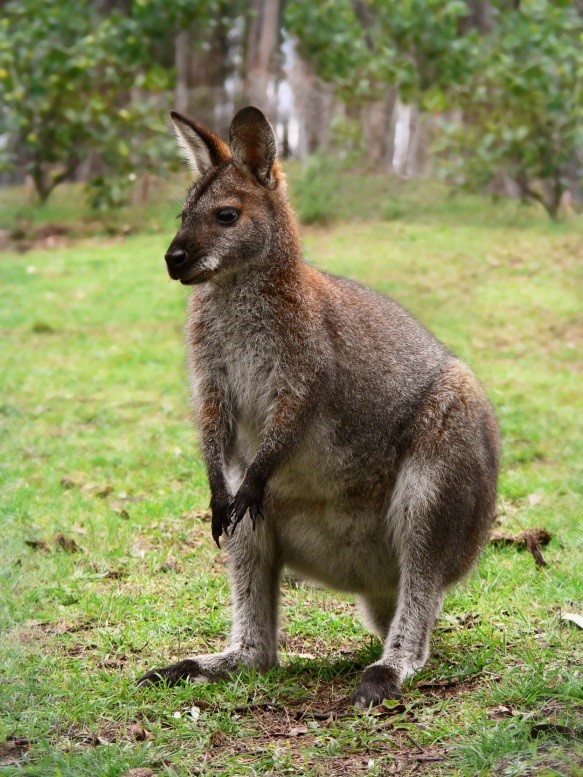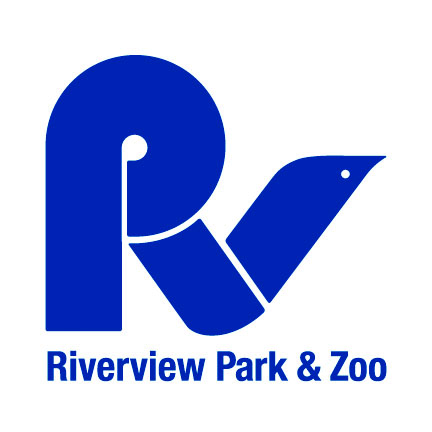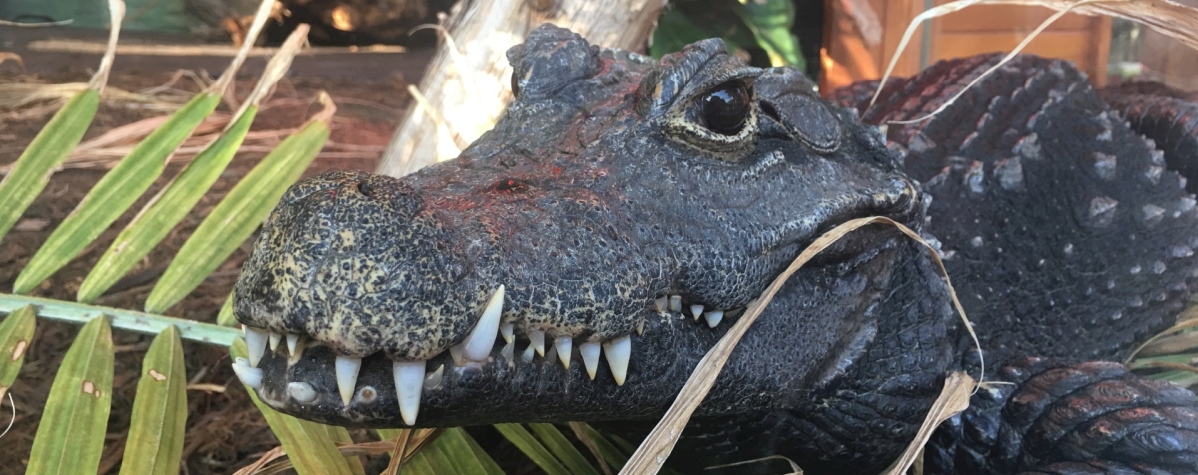Red Necked Wallaby
Scientific Classification
| Species |
Macropus rufogriseus |
| Kingdom | Animalia |
| Phylum | Chordata |
| Class | Mammalia |
| Order | Diprotodontia |
| Family | Macropodidae |
| IUCN Status | Least Concern |
Appearance and lifespan
The red-necked wallaby is the largest wallaby species native to Australia. It has brownish-gray fur with a lighter coloured chest and stomach and characteristic black nose and paws. The red-necked wallaby has large muscular hind legs for hopping and a long, thick tail for balance. They also have good hearing and a great sense of smell but have poor eyesight.
Red-necked wallabies are approximately 80 cm tall (31.5inches) with a 30 to 100 cm body (11.9 to 39.4inches) and a 25 to 75 centimetre tail (9.8 to 29.5 inches). When fully grown, males weigh approximately 20 kilograms (44 pounds) and females weigh about 10 kilograms (22 pounds).
The lifespan of an adult red-necked wallaby is 12 to 15 years in captivity and 7 to 10 years in the wild.
Behavior and reproduction
Like all other members of the marsupial family the red-necked wallaby rear their young in pouches. They usually have only one young at a time after a 40-day gestation period. When young are born, they must crawl to their mother’s pouch where they will nurse continually for approximately 7 months. The young are quite undeveloped when they are born and complete a large portion of their growth while in the pouch. At approximately 7 months old the young are large enough to leave the pouch for short periods of time and are completely weaned at 10 to 12 months.
The red-necked wallaby is mostly solitary but it may live in groups called “mobs” where there is a hierarchy among the females. Males are aggressive with each other and will fight by “boxing” or sparring well after they are fully mature.
Male red-necked wallabies reach sexual maturity at 2 years and females a few months before that. Both males and females reach their full size at 5 years, with the males growing at a faster rate to achieve their larger size. Red-necked wallabies are not very vocal, using body language and actions to communicate. They can growl, hiss and chatter if provoked.
Ecology and conservation
The red-necked wallaby can live in a variety of environments but is usually found in eucalyptus forests, shrub and grasslands or other open areas that are nearby. They are generally found in Eastern Australia and the surrounding islands.
Red-necked wallabies are ruminant-like grazers whose diet consists of a variety of shrubs, grasses, bushes, bark, leaves and available fruit and vegetables. They will drink water if necessary but usually obtain the liquids it needs from the roots and vegetation it eats.
Food at the Zoo
At Riverview, red-necked wallabies feed on special rodent lagomorph ration pellets, alfalfa, browse and assorted vegetables. They also are provided salt blocks.
Threats
The red-necked wallaby is the most common species of wallaby and is not overly threatened as its populations have shown to be stable. Threats to red-necked wallaby habitat and hunting of the animals for sport and meat continue to be concerns for their future stability.
Did you know?
- Wallaby young are undeveloped and are only 1cm (0.4”) long embryos when born.
- Wallabies and kangaroos cannot walk backwards.
- Young red-necked wallabies are the size of a bean when they are born and are called “Joeys”
- The group of red-necked wallabies here at Riverview Park and Zoo are part of a Species Survival Plan, which helps to ensure healthy numbers of certain species of animals in captivity in order to prevent extinction!
Adopt the red-necked wallaby
Become a part of the the Riverview Park and Zoo family through our Adopt an Animal Program!


